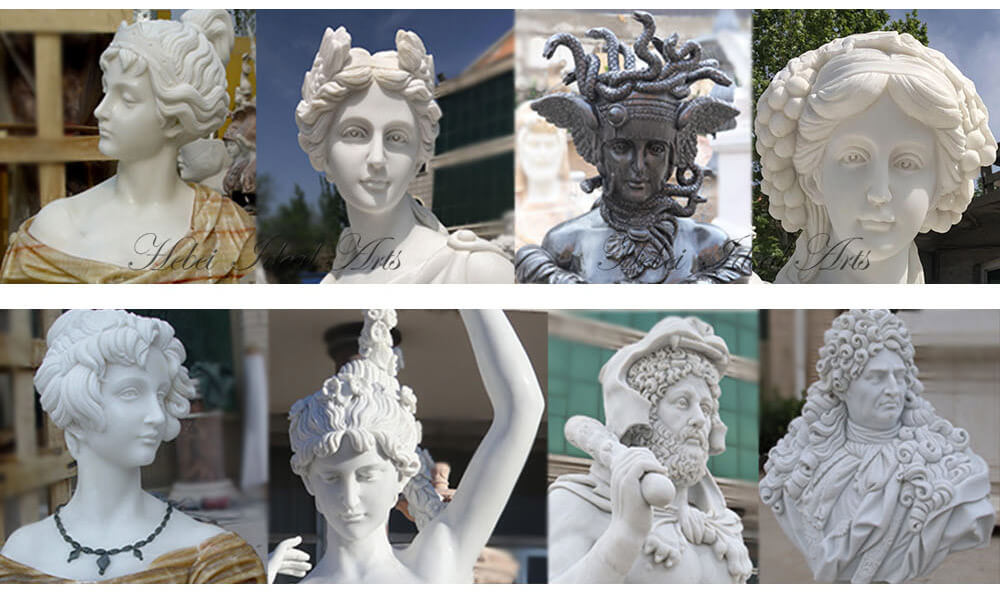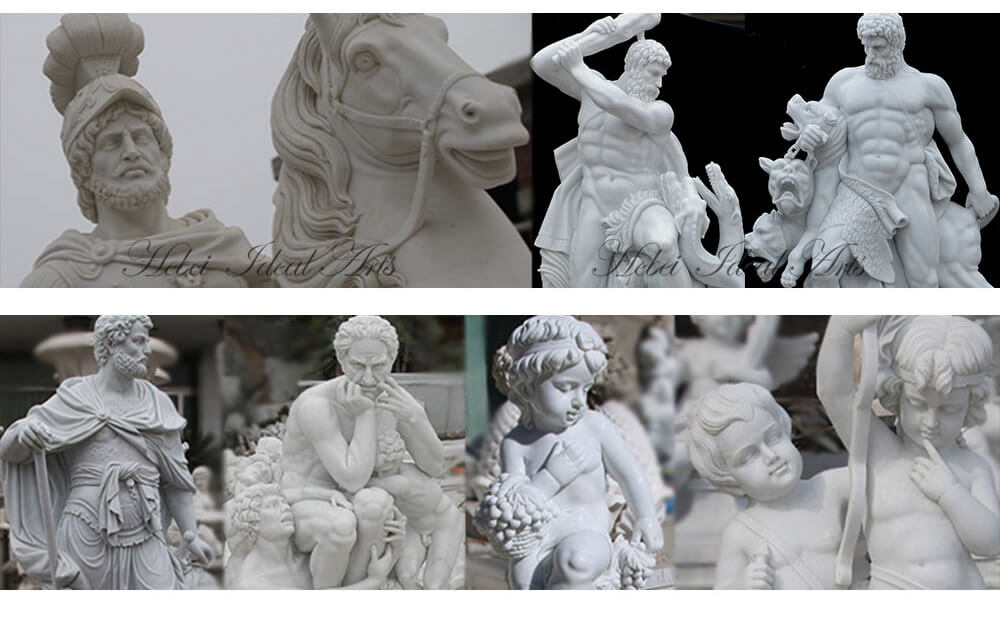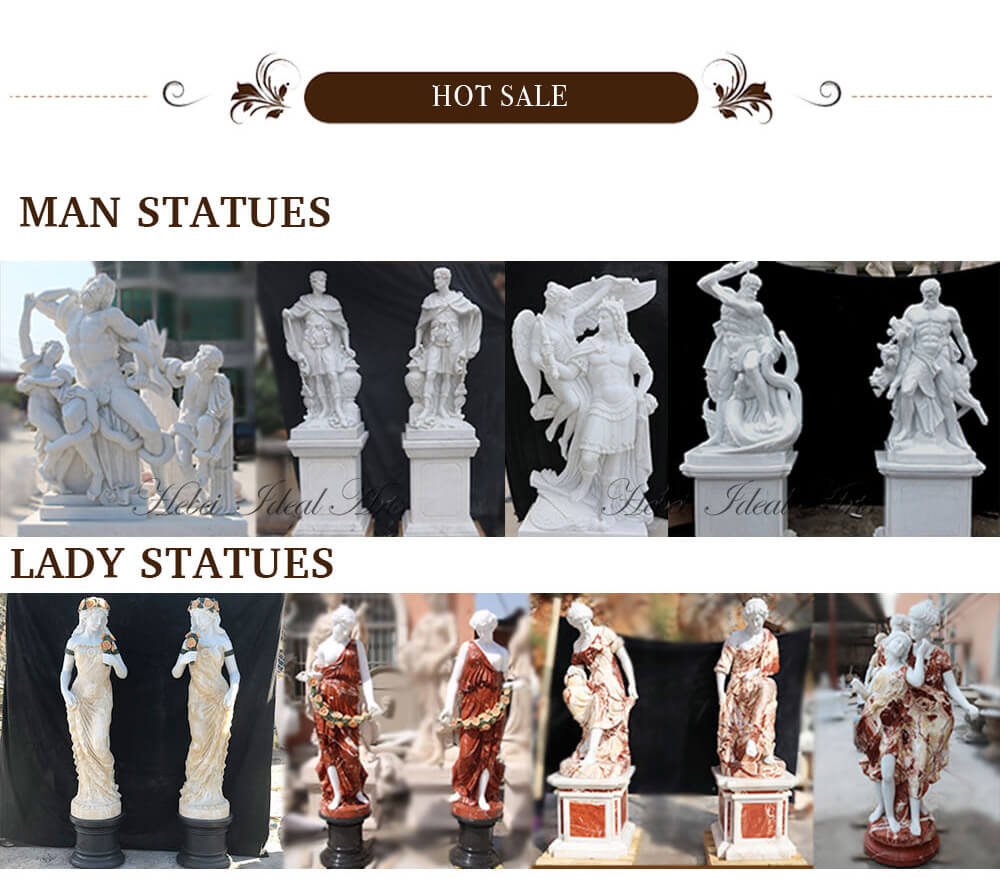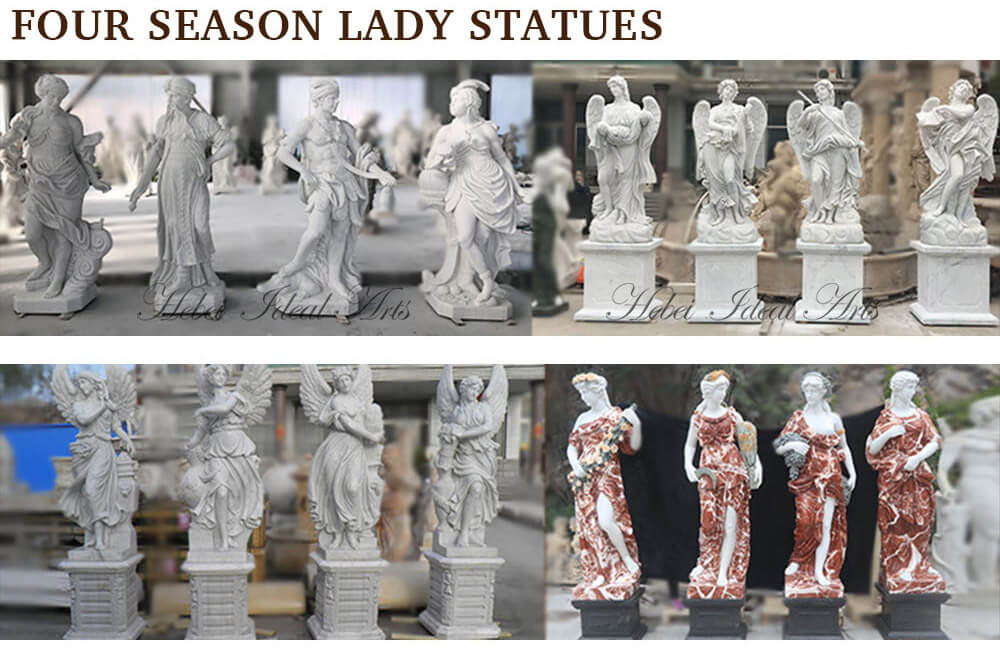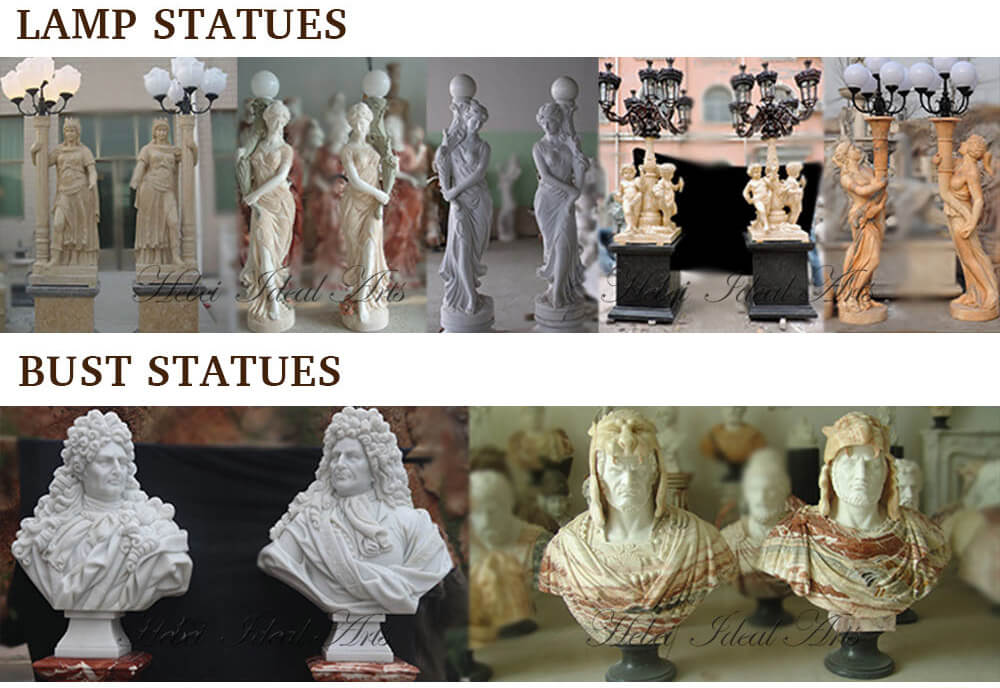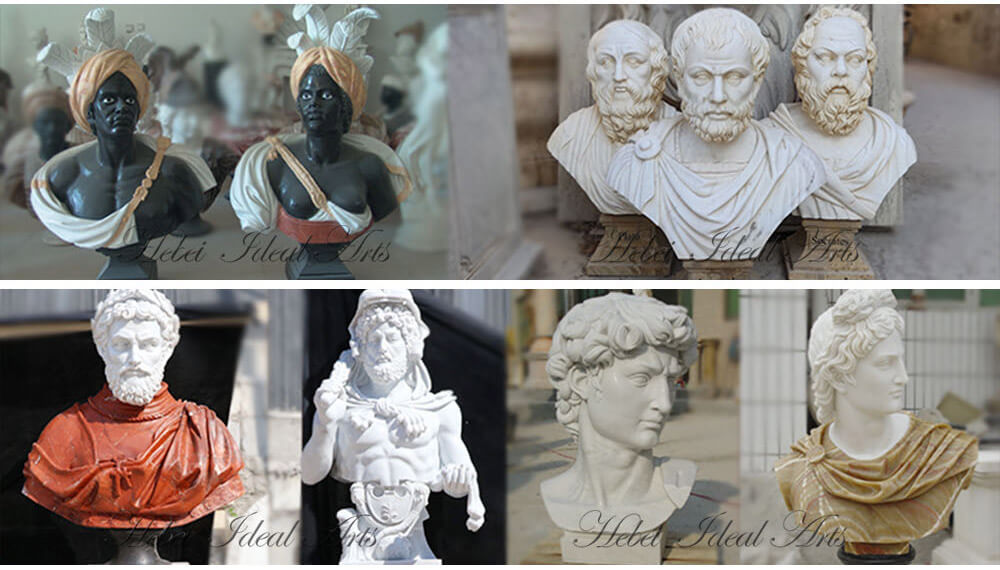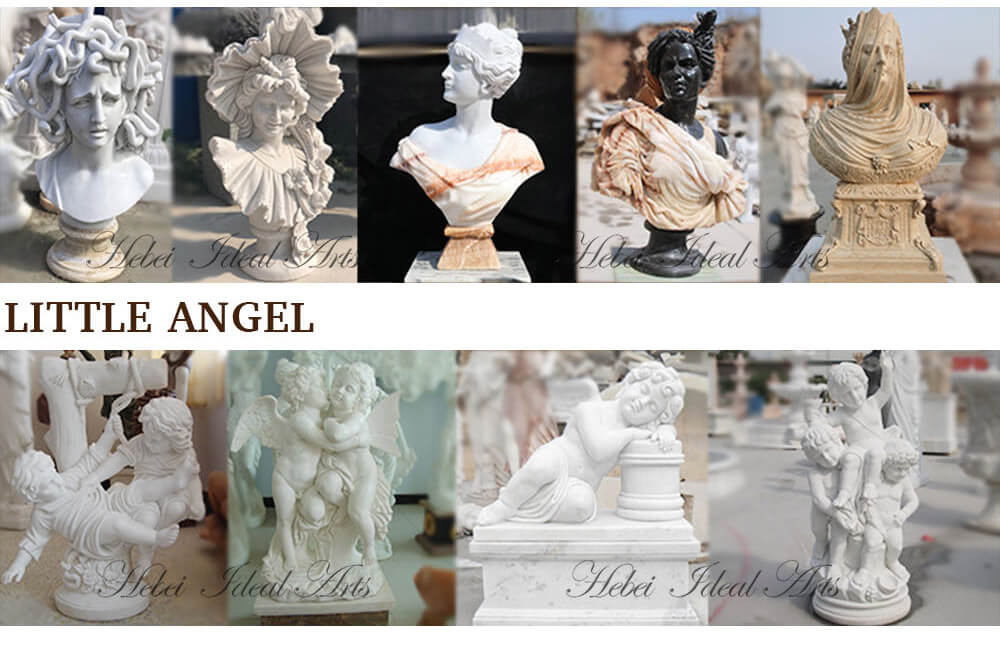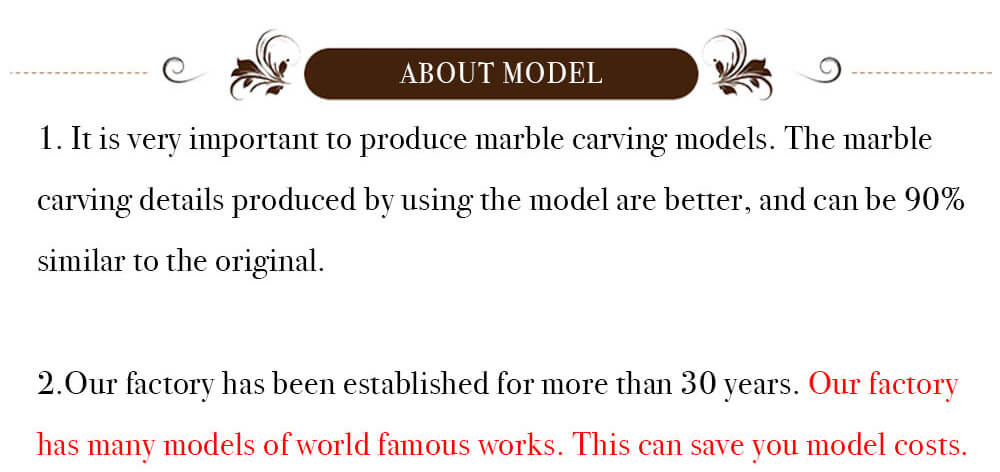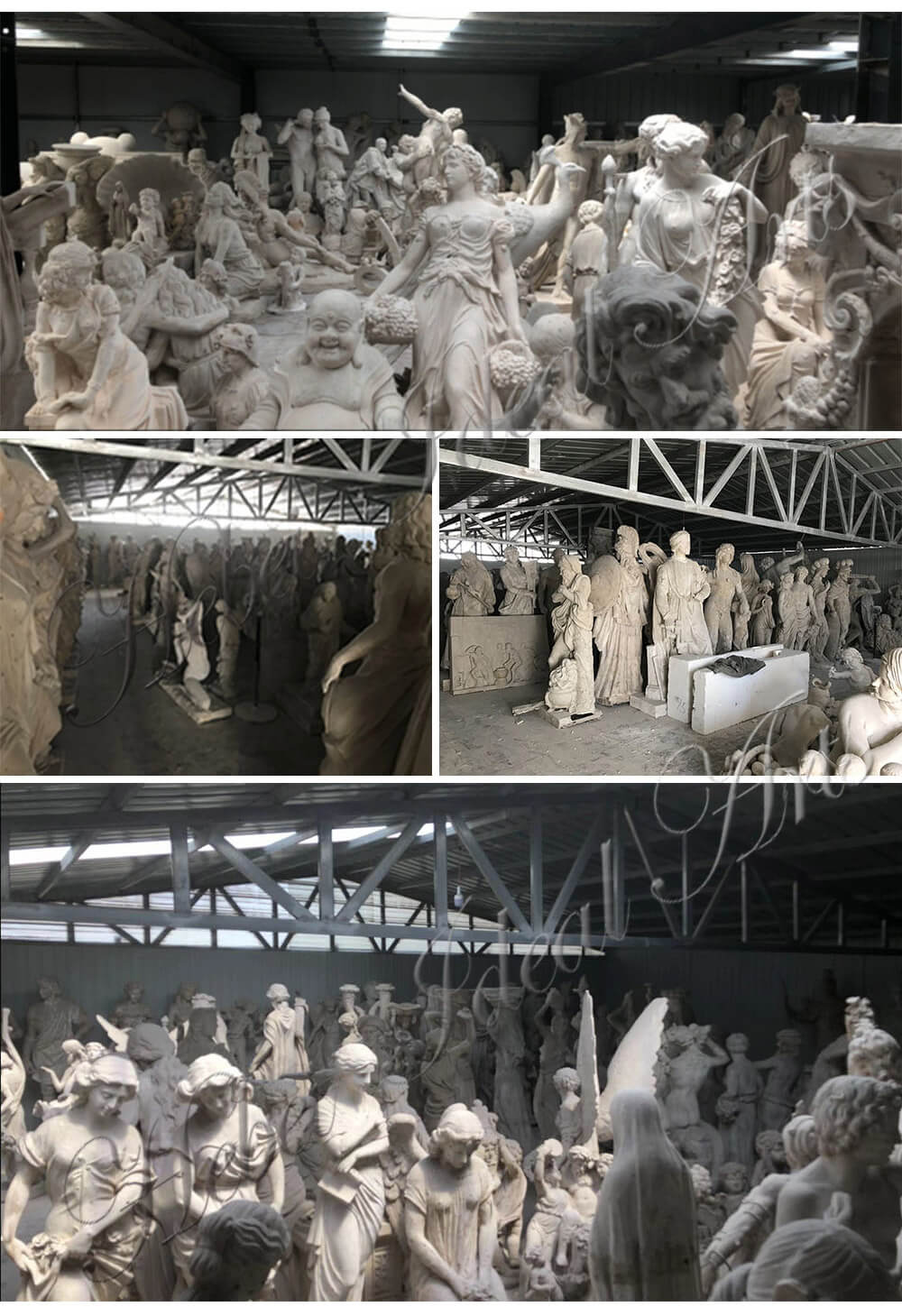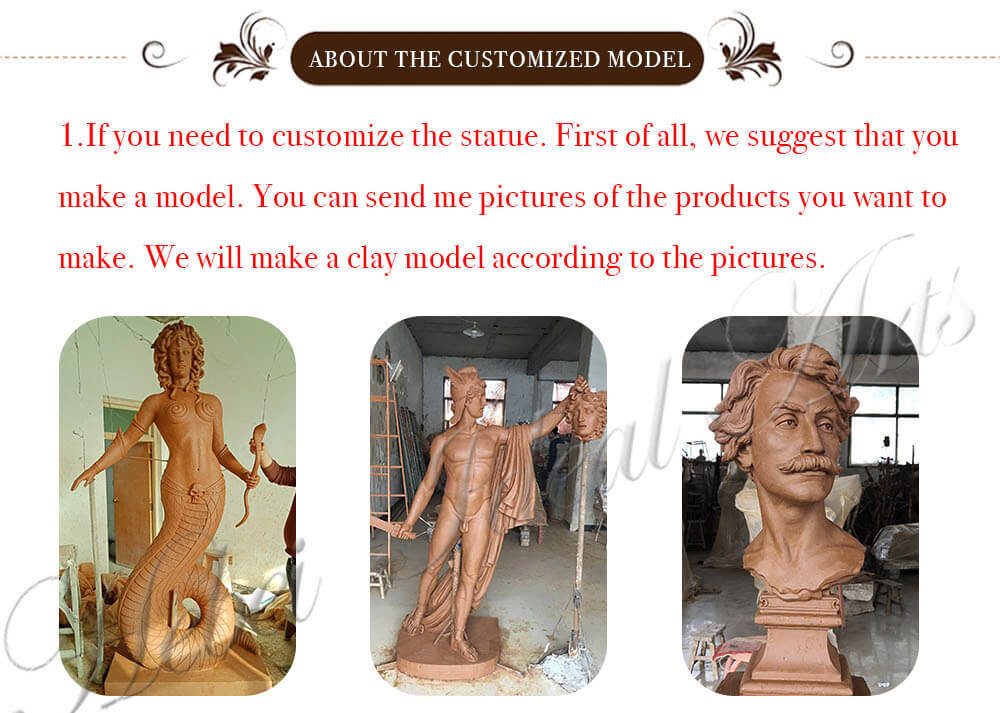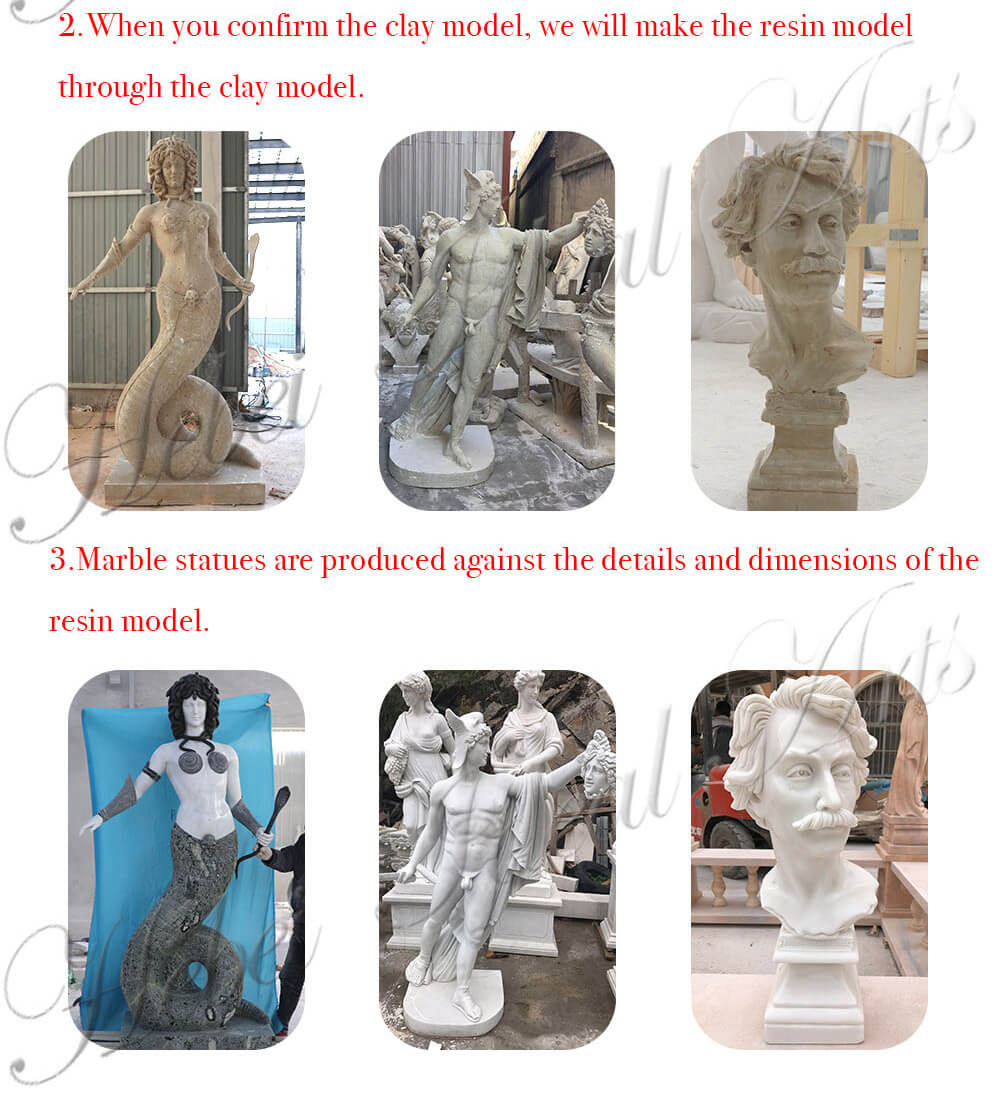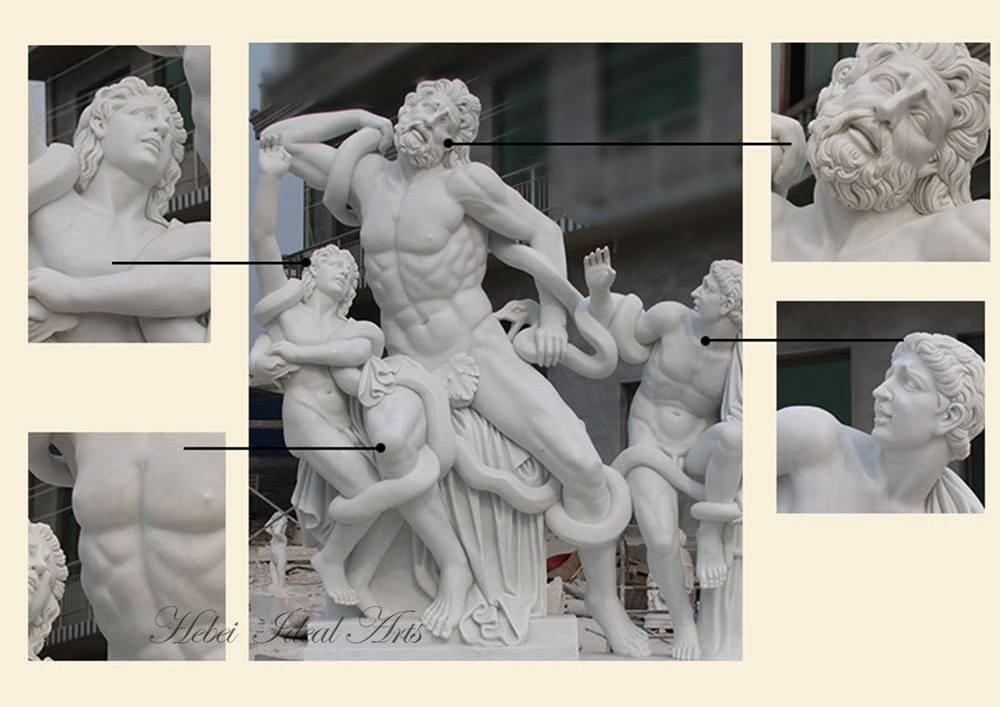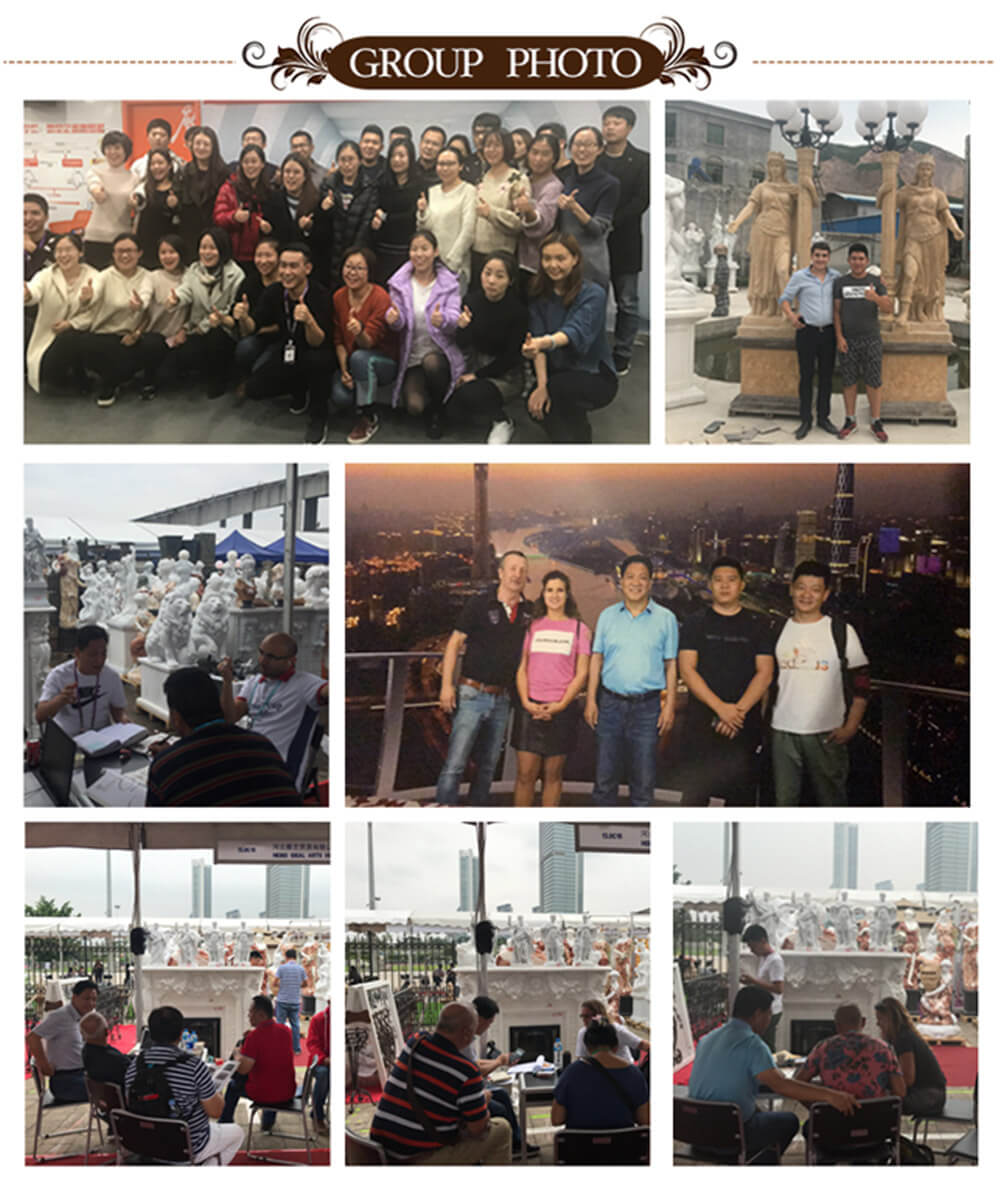 Statue of Augustus, Roman marble sculpture. Like many large public buildings, the sculptures at that time became an important means of praising the monarchy and the martial arts of the empire. Among them, the portraits of emperors and nobles were the most developed. This "Portrait of Augustus" is a very representative full-length portrait of the emperor in the early Roman Empire. In 27 BC, Octavian was awarded the title of "Augustus" ("The Most Holy Supreme") by the Senate and became the dictator of Rome. This statue unearthed in the suburbs of Rome portrays the image of the founder of the Roman Empire. Augustus is represented as a military commander in the process of giving orders. His burly figure is draped in gorgeous Roman armor. The pattern on the armor symbolizes the domination of the world. Augustus's right finger pointed forward, as if he was speaking to his men, while his left hand held a scepter that symbolized power. On his right foot, there is an image of Cupid, the little goddess of love, indicating that he is not only a great commander, but also a benevolent king. Augustus's facial expression was stern and composed, revealing the dignity and nobility of the emperor. The style of the entire statue is very realistic, and the appearance of the objects it portrays is very realistic, but the characters have a strong tendency to idealize, and the artistic purpose of praising the emperor is clear at a glance. From the posture and artistic expression of the statue, we can clearly see that it is imitating the works of ancient Greece. It is said that this artistic feature of imitating ancient Greece and idealizing the characters was advocated by Augustus himself. In the history of art, this style is called "Augustine Classicism". The idealistic memorial method of this statue and the realistic method of portrait carving have become one of the models of monarch statues. Here, Augustus has been shaped as a hero (Augus is the Latin meaning of sacred and holy). His own name was Octavian, and he was awarded this title by the Senate after he became emperor in 27 BC. He held the scepter in his left hand, and raised his right hand forward, as if he was preaching. The facial expression is stern, thin lips, and the personality is very clear. His figure in gorgeous armor appears very burly, and the pattern on the armor implied the idea that Rome will command the world. Using this symbolic method, the purpose of art is clear at a glance, that is, to praise the emperor. The author of the statue has not been named. It seems that the artists of the Roman Empire did not have this kind of creative right. Next to Octavian Augustus's right foot, the artist also created a little angel Cupid with wings and no eyes. Why is this little love god in Roman mythology shaped here? No eyes, symbolizing his company The blindness of love; another judgment is that he is said to be reckless by nature, and his actions need the leadership of a person of insight at any time. He will never grow up, and this is the meaning. The explanation of most art historians is that, in order to show the height of Augustus, as a contrast, it is artistically possible. It is said that there are still gold, blue, brown, yellow, purple and other colored spots on the marble surface of the statue. It is very likely that when the statue was completed that year, the statue was with brilliant colors. The statue was made around 19-13 BC and is now in the Vatican Museum in Rome. "Full Portrait of Augustus" embodies the unremitting efforts made by Roman artists in the process of exploring this new style. The composition processing of the frontal perspective, the large-scale general modeling technique, and the reserved character description express the calm and composure of the great commander in detail.
Statue of Augustus, Roman marble sculpture. Like many large public buildings, the sculptures at that time became an important means of praising the monarchy and the martial arts of the empire. Among them, the portraits of emperors and nobles were the most developed. This "Portrait of Augustus" is a very representative full-length portrait of the emperor in the early Roman Empire. In 27 BC, Octavian was awarded the title of "Augustus" ("The Most Holy Supreme") by the Senate and became the dictator of Rome. This statue unearthed in the suburbs of Rome portrays the image of the founder of the Roman Empire. Augustus is represented as a military commander in the process of giving orders. His burly figure is draped in gorgeous Roman armor. The pattern on the armor symbolizes the domination of the world. Augustus's right finger pointed forward, as if he was speaking to his men, while his left hand held a scepter that symbolized power. On his right foot, there is an image of Cupid, the little goddess of love, indicating that he is not only a great commander, but also a benevolent king. Augustus's facial expression was stern and composed, revealing the dignity and nobility of the emperor. The style of the entire statue is very realistic, and the appearance of the objects it portrays is very realistic, but the characters have a strong tendency to idealize, and the artistic purpose of praising the emperor is clear at a glance. From the posture and artistic expression of the statue, we can clearly see that it is imitating the works of ancient Greece. It is said that this artistic feature of imitating ancient Greece and idealizing the characters was advocated by Augustus himself. In the history of art, this style is called "Augustine Classicism". The idealistic memorial method of this statue and the realistic method of portrait carving have become one of the models of monarch statues. Here, Augustus has been shaped as a hero (Augus is the Latin meaning of sacred and holy). His own name was Octavian, and he was awarded this title by the Senate after he became emperor in 27 BC. He held the scepter in his left hand, and raised his right hand forward, as if he was preaching. The facial expression is stern, thin lips, and the personality is very clear. His figure in gorgeous armor appears very burly, and the pattern on the armor implied the idea that Rome will command the world. Using this symbolic method, the purpose of art is clear at a glance, that is, to praise the emperor. The author of the statue has not been named. It seems that the artists of the Roman Empire did not have this kind of creative right. Next to Octavian Augustus's right foot, the artist also created a little angel Cupid with wings and no eyes. Why is this little love god in Roman mythology shaped here? No eyes, symbolizing his company The blindness of love; another judgment is that he is said to be reckless by nature, and his actions need the leadership of a person of insight at any time. He will never grow up, and this is the meaning. The explanation of most art historians is that, in order to show the height of Augustus, as a contrast, it is artistically possible. It is said that there are still gold, blue, brown, yellow, purple and other colored spots on the marble surface of the statue. It is very likely that when the statue was completed that year, the statue was with brilliant colors. The statue was made around 19-13 BC and is now in the Vatican Museum in Rome. "Full Portrait of Augustus" embodies the unremitting efforts made by Roman artists in the process of exploring this new style. The composition processing of the frontal perspective, the large-scale general modeling technique, and the reserved character description express the calm and composure of the great commander in detail.